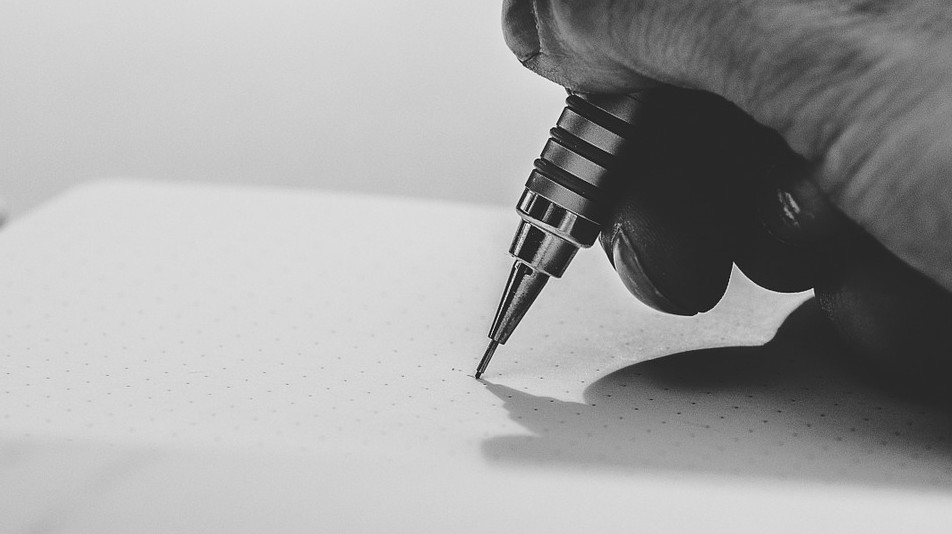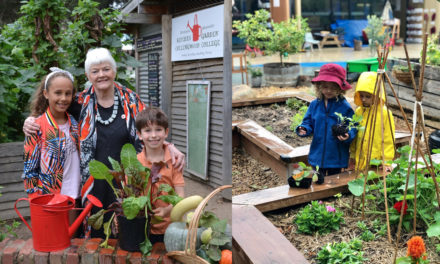Danielle Armour
As children, we all think we are budding artists. However, many people lose both interest and confidence in their ability to draw through adolescence and adulthood.
Recently, there has been a call for the education system to encourage drawing and visualised learning as part of all subjects through high school. The goal is to encourage creative thinking in order to introduce more innovative minds into the workforce.
With the STEM fields of science, technology, engineering or maths predicted to have the most available job opportunities for young people, it can be easy to think that drawing is an unnecessary skill to be taught and is taking time away from other aspects of learning, particularly in a curriculum that is already full.
However, drawing is an effective and often less time consuming way to document experiments and processes in the field of science, while for anthropologists, drawing is used to take field notes. Drawing in also an important part of the development process of new technologies, with sketches of prototypes frequently requires.
The problem with the continuation of drawing as a form of education is that a child’s transition to high school often brings about many insecurities. Many children choose not to use drawing as a form of organising their thoughts for fear of judgement from their peers.
To overcome this, drawing as a form of visual mapping, organising and presenting information and communication can be considered.
This is the approach of The University of Newcastle’s Natural History Illustration program, which combines science and illustration to communicate findings in fields such as medicine, taxonomy and archaeology.
Everybody learns in different ways with some of the main learning methods being visual, aural and kinesthetic. However, there is a stigma associated with the idea that academic learning cannot be creative. More focus on visual learning may be the key to producing a generation whose focus is turning thoughts and ideas into real and tangible things.












